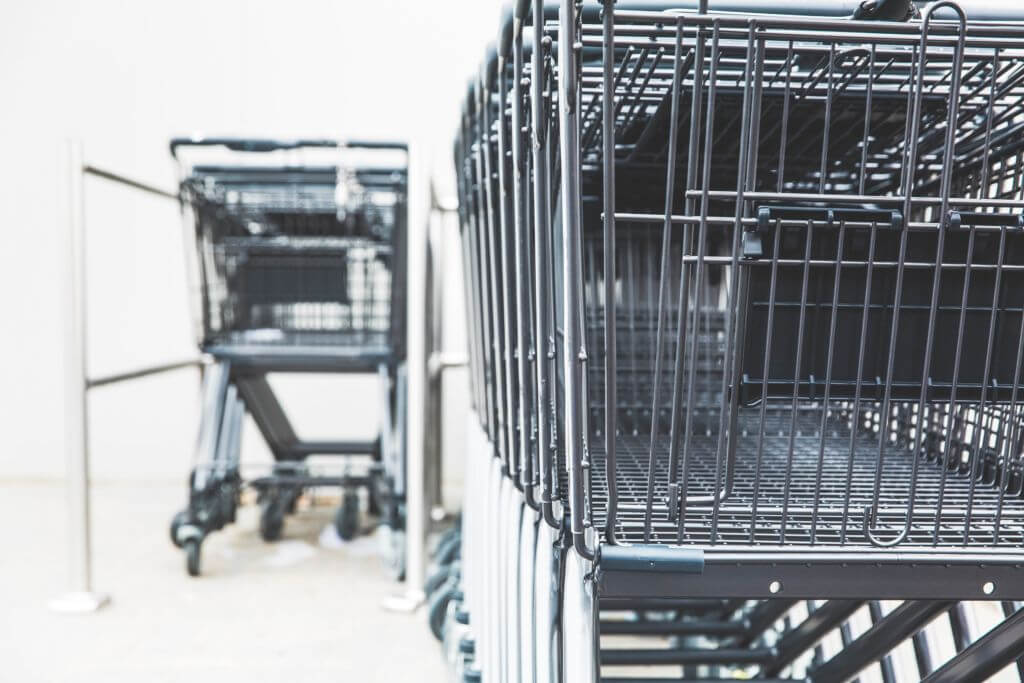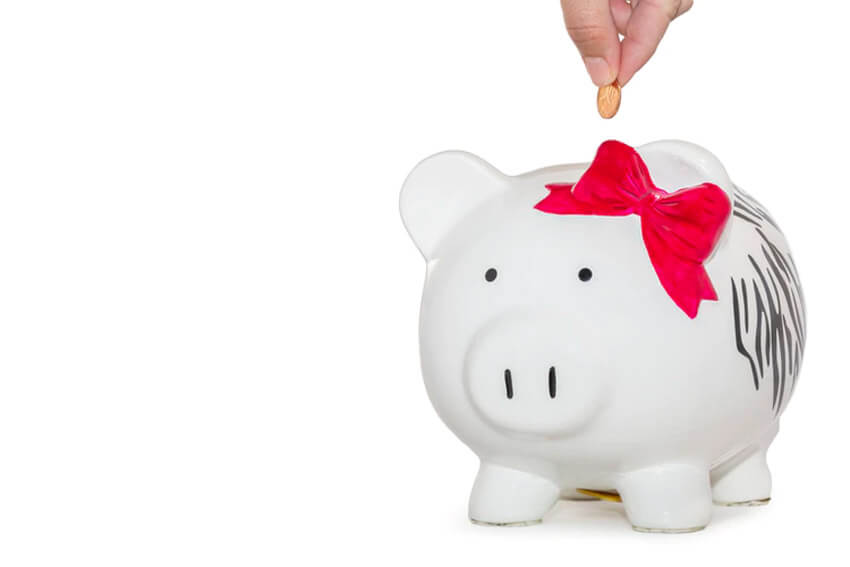We are all aware of how Amazon sellers and many business owners make their profits. They buy items at the cheapest possible price and sell them at a higher one.
How do they find these items at lower prices compared to other users?
We all have access to the same stores for both online and instore.
Yet, how is it that some sellers manage to find items that make an enormous profit when they sell them on Amazon.
This guide will focus on how you can find products to sell on Amazon with a healthy profit. We cover many ways of sourcing products to sell on Amazon.
You will also learn about some popular tools that can make the sourcing process much easier.
The process of finding products to sell on Amazon requires comparing pricing info. You need to track all your items and their price, sales volume, and profits.
One tool that you will find handy in this aspect is Tactical Arbitrage.
Tactical Arbitrage eliminates the need to keep many records. It helps you to stay organized and focused. This laser focus attention will help you focus more on profit for your business.
For instance, when searching for inventory at the lowest price, you need to do much comparison.
To find the best item, you have to compare the price from one store to the next. This is definitely time-consuming when you have to do this.
Tactical Arbitrage makes this process a lot easier for you.
The tool brings up the prices of products in thousands of stores on the internet, all in one place.
It eliminates the need to track the prices and sales data while shopping for inventory.

How Can I Find Products to Sell on Amazon?
We will focus on the five ways that you can find products to sell on Amazon.
- Retail Arbitrage
- Online Arbitrage
- Dropshipping
- Wholesale
- Private Label
Sourcing via Retail Arbitrage
Retail arbitrage is the classic way that many Amazon sellers use to source the items they sell on Amazon.
The concept is simple enough:
- Search retail stores for items at a lower cost than online
- Compare the items on Amazon
- Buy items from the stores that meet criteria
- Resell them on Amazon for the full price
As a seller, you can visit some of the stores closest to you and go through their stocks.
Stores like Walmart, Target, Walgreens, and Big Lots often sell items at huge discounts.
Sometimes you can find deals as low as 80% off.
You can take advantage of these deals and stock your inventory to resell on Amazon. Sometimes you have an advantage over other sellers who can’t source products this low.

Amazon Seller App
One tool you can use to help you find products in the stores is the Amazon Seller app. This tool is helpful for retail arbitrage.
The Amazon app allows you to scan the barcodes of products to get more information about them.
The app tells you whether you can resell such products on Amazon and the condition in which you can resell them. Make sure these items are in pristine condition to sell for New.
The Amazon seller app can also give you an idea of the possible profits you can make when you resell the product. The app factors the cost of the product, the shipping fee, and the selling price you set for each item.
Retail arbitrage does have its limits.
Not all products found while shopping are profitable to sell on Amazon. Some will sell faster than others, and others will reap higher profits.
Amazon Best Seller Rankings
The Amazon Best Seller Rank or BSR of a product will give you an idea of the sales velocity of any product. The Amazon Best Seller Rank is the number assigned for goods in each category.
It is not based on product reviews, but on the sales data, helping you understand how well a product is selling.
To predict sales it is best to also compare reviews or fulfillment methods.
When you scan the barcode of any product using the Amazon app, take note of the best seller rank of the product.
You should avoid going for products with the best seller rank higher than 250,000. You might consider a higher ranked product if it offers you more than 80% ROI.
Market forces can affect products sourced through retail arbitrage.
You might want to focus on products that offer at least a profit of $3 when retail arbitraging to sell on Amazon.
You only want to pick profitable items. Products that don’t profit at least $3 or fall below an ROI % of 50% should not make the cut.
That is because changes can influence the profit in the marketplace.
Sourcing via Online Arbitrage

Online arbitrage is, in essence, the digital form of retail arbitrage.
Online arbitrage involves searching through online stores for products to resell on Amazon.
Online arbitrage can be a lot more convenient compared to retail arbitrage. You don’t need to drive to the stores to stock up on inventory.
You can buy them from the comfort of your own home and have them delivered to you.
Online arbitrage gives you more options to buy some profitable inventory.
There are thousands of online stores where you can find discounted products. This is a major limitation of sourcing in physical stores, especially in remote areas.
More and more sellers now rely on online arbitrage to stock their inventory.
You can choose to browse through hundreds of stores hunting for products to resell on Amazon.
While this may sound simple enough, it can get complicated and may end in frustration.
On top of that, sellers are lowering their selling price. They are trying to get a price advantage in the ever-competitive marketplace.
You will need to source your items at the lowest possible price to be able to keep up with the competition.
Even if the price goes down.
This means you need to be searching for the same products. You need to scour through hundreds of stores while keeping track of the costs.
Find the lowest possible prices and sell them on Amazon.
Rinse and repeat the process all over again when you want to source for a new product to add to your inventory.
Tactical Arbitrage provides you with a convenient way to hunt for new deals. This software hunts for deals across thousands of online stores in different countries.
Our database of online stores is increasing to help increase your reach. This helps to maximize your profit when you decide to sell your items on Amazon.
Sourcing via Dropshipping
Dropshipping is another convenient way to sell on Amazon. When you dropship, all you have to do is to list various items in your store.
When a buyer places an order, you then place an order with your supplier who in turn ships the items to your buyer.
Please take note of this.

Amazon does not allow dropshipping.
It states this in its drop shipping policy. A retailer can not have a product shipped from another store to the buyer.
Dropshipping is not an option that we recommend for Amazon sellers.
You might be able to sell them on eBay or send the products to an Amazon fulfillment center. They will then re-ship the items to your buyer.
Those that have the intent to still dropship can still reap rewards.
You want to set up your own store, you can find similar products online that are in great demand and use that data.
While dropshipping has its perks, it also has its downsides. For instance, dropshipping takes a more extended period for the items to arrive at your buyer.
Dropshipping involves buying items from wholesale marketplaces such as AliExpress. The reviews on the website can give you an idea to know if the product will sell.
As a bonus, Tactical Arbitrage contains a long list of stores in our database which you can drop ship from.
Sourcing via Wholesale
Wholesale involves buying products from manufacturers and selling them on Amazon. It is a profitable means of sourcing your inventory.
You act as the middleman between the manufacturer and the buyers.
Wholesaling on Amazon is one of the safest business models you can venture into. It is almost risk-free but harder to get started as a beginner.
The wholesale business model is almost risk-free. You will find that most manufacturers often set a minimum selling price.
This way, sellers must sell the same item at a price at or above the minimum price.
Most big-time sellers can get a large discount when they order in larger quantities. It also means most sellers will be selling the products at almost the same price range.
This is great for both new sellers or small-time sellers.
You can sell your products without fearing the price war that is always common on Amazon.
Wholesaling on Amazon is also easier to scale than most business models. You can increase your order quantity when buying from the same manufacturer.
You might not need to worry about the product going out of stock.
On the downside, you’ll need to provide a warehouse and storage space for your items. When you buy products from a manufacturer, they get shipped to you.
You will need to store and care for the items until they sell.
In some cases you may need permission to sell the products on Amazon. Make sure you have this conversation with your manufacturer representative before purchasing.
Wholesaling on Amazon requires you to keep track of various manufacturers. This includes the data of product sales, BSR, competitors, and other relevant data.
Tactical Arbitrage offers a simple solution for wholesaling on Amazon.
The tool allows you to keep track of all this data to help you with your sourcing. You can search through your records using different tags and search criteria.
Sourcing via Private Label

Private labeling is much like wholesaling on Amazon. It allows you to buy items from manufacturers to resell on Amazon.
Unlike wholesaling, private labeling allows you to become the brand owner. This is much different than selling for a manufacturer.
Private labeling offers you two options:
- Design a product and send it to manufacturers to produce the product for a fee or
- Buy an existing product with the right to brand it yourself to make it unique.
Whichever method you choose, you end up becoming a brand owner.
Private labeling is one of the most powerful ways to find products for your Amazon account. especially when you increase your brand visibility and get people to trust it.
Final Thoughts
As you can see there are many different ways to find products to sell on Amazon. Tactical arbitrage offers you the data you need for each method.
Check out a free trial for our software here.
Which method do you currently use? Comment below to let us know.

